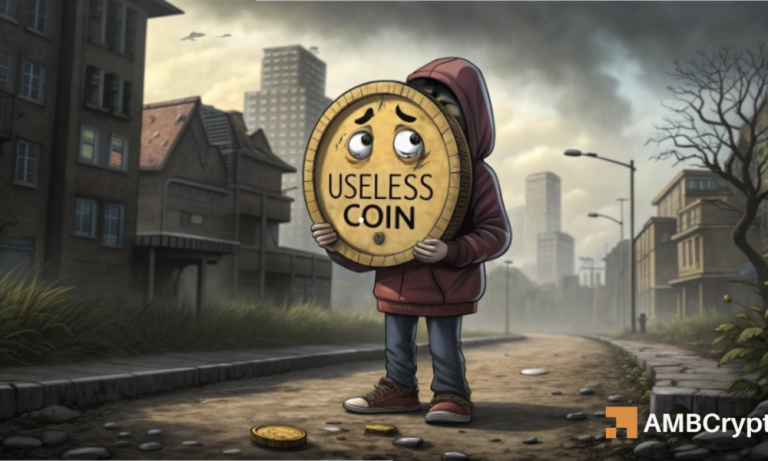
The Current State of the Cryptocurrency Market
The cryptocurrency market is entering a new phase often referred to by analysts as a ‘self-funded phase.’ This phase is marked by a slowdown in external inflows such as stablecoins, ETFs, and Digital Asset Treasuries (DATs), which have traditionally fueled growth and expansion in the industry. While the market is far from stagnant, the absence of fresh capital has left liquidity levels cycling internally, causing shorter, less robust rallies.
Why Liquidity Drives Crypto Cycles
Liquidity has historically been the driving force behind crypto market cycles. In past years, periods of increased global money supply or declining real rates saw riskier assets like cryptocurrencies benefit from a surge in fresh funds. However, this trend appears to be experiencing a deceleration as macroeconomic conditions evolve.
According to Wintermute analysts, through late 2024 and early 2025, capital inflows from stablecoins, ETFs, and DATs have slowed significantly, leaving crypto in a holding pattern. Analysts point out that these channels represented different liquidity streams: stablecoins signal risk appetite among crypto-native investors, while ETFs and DATs highlight engagement from traditional finance and institutions seeking yield.
What’s Behind the Slowdown?
A closer look reveals that overall liquidity isn’t drying up; rather, it’s being redirected. High-interest rates are pushing investors toward safer havens like T-bills, leaving less enthusiasm for riskier assets like cryptocurrencies. Additionally, central banks are softening on quantitative tightening, but the capital seems to be flowing toward stocks rather than crypto.
In this environment, investors are rotating existing funds among major coins and altcoins without injecting new capital. This dynamic has resulted in shorter price rallies and narrowing market breadth—a potential signal of a late bull to early bear market phase.
What Could Revitalize the Market?
Analysts agree that for cryptocurrencies to regain their momentum, at least one of these liquidity streams should pick up. The return of ETF inflows, stronger growth in stablecoins, or increased investment in digital asset treasuries could spark a new expansion phase for the market.
In the meantime, Bitcoin has seen its ‘Bull Score’ hit zero for the first time since early 2020, highlighting a moment of pause during its ongoing cycle. Historically, moments like this have marked macro bottoms or late-cycle distributions, indicating that we could be in a transitional phase between a bull and bear market.
Long-term Outlook
Despite the current slowdown, some analysts, such as Michaël van de Poppe, remain optimistic. They believe the crypto market is not in a bear phase but rather enduring a normal correction within a larger Bitcoin bull cycle. For investors with a long-term perspective, this could represent a period of consolidation and opportunity rather than concern.
Boost Your Financial Decisions
For those diving into the crypto space now, having a clear financial strategy is essential. Tools like the Trezor Model T Cryptocurrency Hardware Wallet can secure your assets during these volatile times. This hardware wallet supports multiple coins, ensuring peace of mind while navigating the market’s ups and downs.
Remember, while macroeconomic factors currently weigh on the crypto market, periods of consolidation often pave the way for innovation and new growth opportunities. Stay informed and approach investments wisely.



